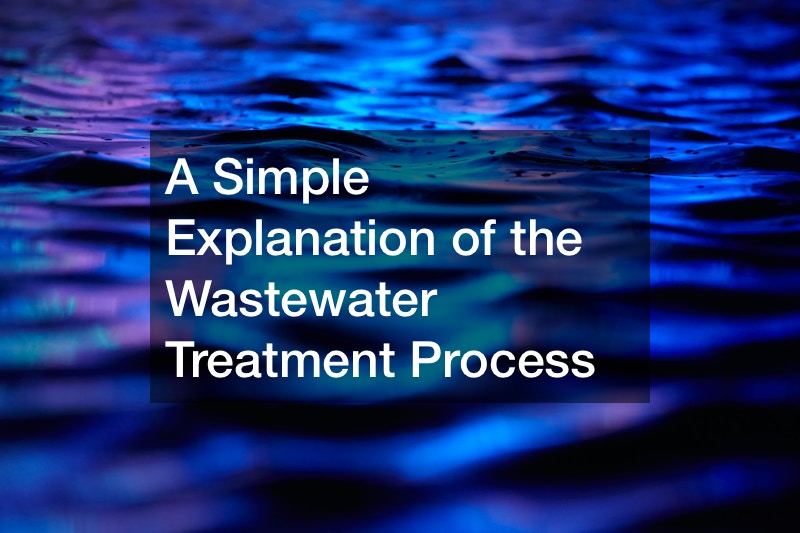
We can recycle water that has been contaminated and return it to the water cycle to conserve the environment. The process involves passing waste water through a screening chamber to remove solid contaminants. Next, the water is pumped into a grit removal chamber to rid it of soil particles.
Video Source
The water then moves to the third step, where it is let to settle. Whatever settles is called sludge and is removed by pumping out the bottom. As the water flows off the top of the tank, oil and other floating solids are sieved off the top and sent to digesters. Chemicals are also added to remove phosphorous.
Next, the water goes through biological degradation in aeration tanks, where microorganisms consume pollutants and turn them into water, cell tissue, and nitrogen. The water will flow into secondary clarifiers, separate from the activated sludge, to yield an effluent that is 90% treated. The sludge is pumped from the bottom and returned to the aeration tanks.
This effluent then undergoes polishing by getting filtered through 10-micron polyester media. Next, the treated water is disinfected using ultraviolet disinfection to rid it of bacteria. Finally, the highly stabilized treated water is aerated to increase oxygen levels to acceptable levels.
.